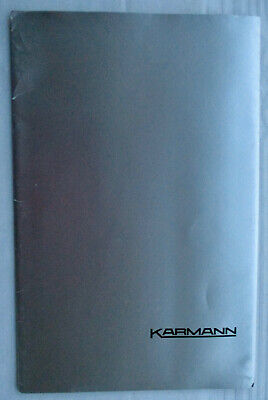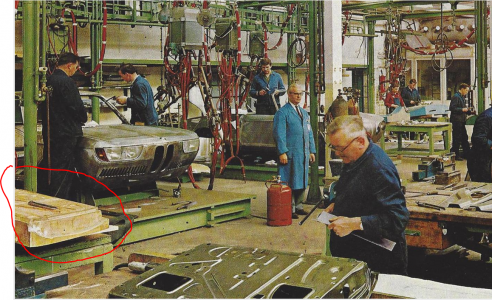Found interesting booklet from Karmann

One page is very interesting...

There is a picture with bunch of left fenders for E9.
Unfortunately quality of picture is poor.

Karmann Mappe 1976 Buggy BMW CS Scirocco Käfer Cabrio Deutsch 8 Prospekte RAR | eBay
Viele sind Top erhalten, aber teilweise gelocht, oder aber auch mal mit Notizen versehen. Dabei sind Prospekte aus Deutschland Schweden Holland England Italien Frankreich USA Japan. Im Nachhinein lässt sich das nicht ändern und bedeutet zusätzlichen unnötiogen aufwand um Geld hin und her zu...
www.ebay.de
One page is very interesting...
There is a picture with bunch of left fenders for E9.
Unfortunately quality of picture is poor.
Last edited:






